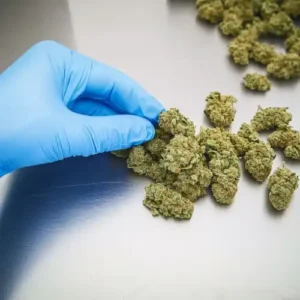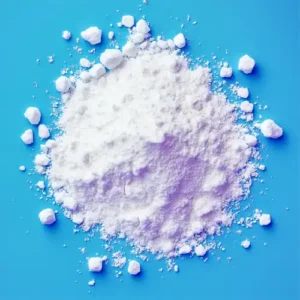Stimulants are one of the three main categories of drugs. These types of drugs make you feel more alert are often referred to as stimulants. Many drugs fall under this term. A popular legal stimulant is caffeine, which can be found in coffee, tea and chocolate. Illegal stimulants, such as cocaine, are some of the most commonly used illegal drugs in the UK
Naturally occurring stimulants (probably to designed to fend off invading insects) are found in many plants and these substances can also make the human brain and body more active.
Many party drugs are classified as stimulants. Designed to give users the energy and mindset to want to dance all night and into the next day, stimulants are the drug of choice for clubbers who want to keep awake and alert for many hours.
Stimulants take effect by speeding up the messages that travel between the brain and the body. This is done by increasing activity of the central nervous system. Some of the most commonly used stimulants include amphetamines, cocaine, ecstasy and methamphetamine.
One of the major reasons that users choose to take stimulants is because of the euphoric feelings that can be felt when taking such drugs. This happens because of a build up and increase in levels of Dopamine in the brain, the neurotransmitter that handles feelings of pleasure.
Short-Term Effects of Stimulants
Exhaustion, apathy and depression are all effects of the “down” that can be felt after the “high” of taking stimulant drugs. This lasting and immediate exhaustion can create a circle of drug use as the user takes more of the stimulant to overcome these feelings. Soon a dependency on the drug can be created as the user strives to feel “well” rather than to get high.
Long-Term Effects of Stimulants
The types of drugs can be addictive. Regular high doses of stimulants can over short time periods can cause feelings of paranoia and hostility. An irregular heartbeat and dangerously high body temperatures can also result from such high doses of the drug.
Do Drug Testing Kits Detect Stimulant Use?
Yes. Recent use of most stimulants can be detected by a drug testing kit. For example, urine or saliva samples are used by cocaine drug testing kits to prove that an individual has recently taken the drug.
Stimulants like cocaine and amphetamines lead to a flood of dopamine in the brain’s reward centre. This provides a feeling of euphoria and increased energy. However, it can also lead to addiction as users continually chase the high. With repeated use, dopamine receptors become less sensitive, leading users to take higher doses to achieve the same effect. This changes brain chemistry over time.
More About Stimulants
Long-term stimulant abuse is linked to anxiety, depression, psychosis, and even permanent damage to dopamine receptors. Withdrawal leads to fatigue and inability to experience pleasure. This contributes to users relapsing as they self-medicate with more stimulants. Treatment with behavioural therapies can help manage cravings and prevent relapse. Medications may also help normalise brain chemistry.
Prescription stimulants like Ritalin or Adderall are sometimes abused as “smart drugs” to enhance focus and motivation. However, unprescribed use comes with risks like addiction and side effects. These medications are carefully dosed to provide therapeutic benefits for disorders like ADHD. Recreational use can easily lead to taking excessive amounts. Additionally, those without ADHD may experience more side effects like agitation, insomnia, and cardiovascular effects. Use should be limited to medical purposes only.
The potency and purity of illegal stimulants are unpredictable. They are often “cut” with cheaper additives that can be toxic. Overdose and unsafe interactions are risks. Using with alcohol increases the strain on the cardiovascular system. Pre-existing heart conditions increase the chance of heart attack or stroke. Adulterants like levamisole found in cocaine can also cause serious blood disorders. Harm reduction strategies like drug checking and not using alone can help mitigate risks. However, total abstinence is the safest approach.
Raising awareness through drug education programs can help deter stimulant abuse, especially among youth. Providing healthy outlets and coping skills helps prevent boredom, stress, and peer pressure from driving drug use. Community support, family counselling, and positive role models make a difference. For those struggling with addiction, compassionate treatment focused on healing – not punishment – gives the best chance for recovery. With effort and time, healing brain chemistry and living a fulfilling, stimulant-free life is possible.
Photo by Yulia Matvienko on Unsplash
Zoom Testing is a leading supplier of Drug Test Kits.
This post was originally published in December 2014 and has been regularly updated since.





